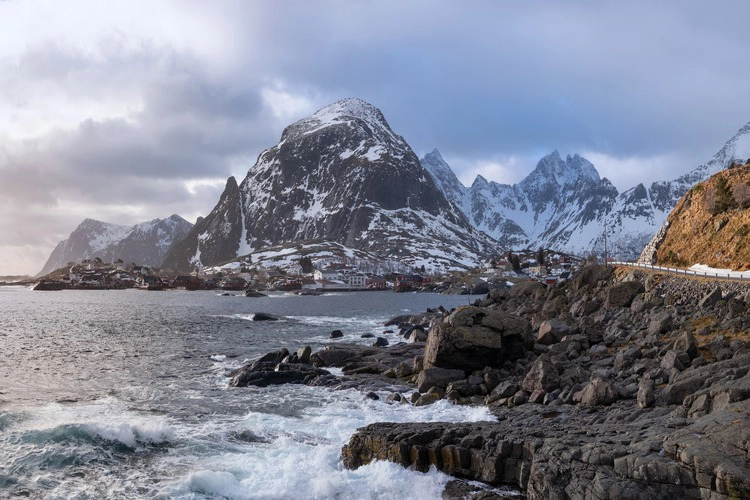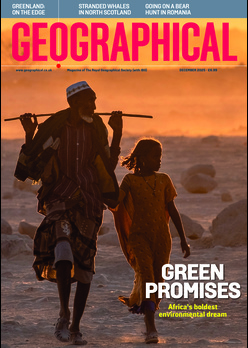
Churning vortexes of water – maelstroms or whirlpools – in the ocean are a fascinating example of the mighty power of the sea
Geographical phenomena # 8: Maelstroms & whirlpools
The remarkable explained
By
The ocean harbours both breathtaking beauty and formidable forces. Among these forces are maelstroms – whirlpools of immense power that have instilled fear in sailors for centuries. Unlike the monstrous sea serpents of legend, maelstroms are real phenomena born from the interplay of currents and geography. Imagine a churning vortex, a relentless force that creates an inescapable flow that drags all into its heart.
These swirling behemoths form through a combination of factors. When opposing currents or a current encountering an obstacle (such as a narrow strait) are forced to twist and turn, their energy concentrates, creating a powerful vortex. Think of a rushing river encountering rapids – the churning water is a miniature version of this phenomenon.

The ocean’s tides play a significant role as well. In certain locations, powerful tidal currents collide, generating conflicting flows that churn into a maelstrom when they meet. It’s two powerful forces meeting head-on, similar to the opposing currents of a fast-moving river encountering a waterfall’s descent. The Earth’s rotation adds another layer of complexity. Water tends to spin counter-clockwise in the Northern Hemisphere and clockwise in the Southern Hemisphere, further intensifying the swirling motion.
The result of these forces is a fascinating yet terrifying spectacle. The Maelstrom of Saltstraumen, near the Arctic Circle in Norway, holds the crown for the mightiest maelstrom. Every six hours, colossal volumes of water (up to 400 million cubic metres) surge through a narrow channel, creating swirling currents
that exceed 40 kilometres an hour!

While captivating, maelstroms aren’t mythical beasts waiting to swallow ships whole. Their destructive potential primarily affects smaller vessels. However, even large ships can find themselves tossed and turned by the powerful currents until the maelstrom subsides.
History and folklore are peppered with references to these whirlpools. Moskstraumen, located off the Lofoten Islands in Norway, is immortalised in stories such as Edgar Allan Poe’s A Descent into the Maelström (1841), which brought the term maelstrom into the English language. The final battle in 2007 film Pirates of the Caribbean: At World’s End is set in a vast whirlpool more than a kilometre wide.

Off the northwest coast of Scotland is the Corryvreckan. Squeezed through the narrow channel between two islands, the incoming tide accelerates to a ferocious race, reaching speeds of up to 8.5 knots (15 kilometres per hour). As this torrent encounters the sea bed’s uneven terrain, including a deep abyss and a rising underwater peak, chaos erupts. The clashing forces churn the water into mesmerising whirlpools, with towering waves that rise up to ten metres, and the noise of the maelstrom can be heard 20 kilometres away.
The Old Sow Whirlpool in Canada is so named because of the screeching noise it makes in full flow when it hits speeds of nearly 30 kilometres per hour. Downstream from Niagara Falls is the vast Niagara Whirlpool, which is more than 500 metres long and 365 metres wide.




